Do you love ivermectin but wish it came in a nanoparticle formulation?
Have you been wanting to try ivermectin but are hesitant because you want it to be paired with graphene?
Do you just really want to inhale it?
Great news Ivermectin Lovers, the wait is over! Ivermectin loaded polycaprolactone-based nanoparticles are here! 🙌🏼
You’re excited, I know. And I’m excited for you. Now you can pop it, chug it, snort it, or shoot it! And I hear the paste is fabulous on toast…the perfect compliment to a spot of tea.
So I have been looking into ivermectin and its promotion recently. Which has turned out to be REALLY problematic for many people. Why would I question the Japanese Golf Course Miracle Molecule that works on parasites, viruses, AND cancer?!?! I know, what an asshole! I mean its discovery won the Nobel Prize, billions of doses have safely been given, and dammit my Aunt Bessie was cured from covid, RSV, and the flu right before my very eyes…you’re a JERK and here’s a link to the FLCCC.
Oh look, here’s last year’s Nobel Prize…
I get it. I TOOK IT TOO! I have IVM in my home RIGHT NOW. I bought the whole IVM origin story. All of it. My decision to research ivermectin is NOT A JUDGEMENT about decisions that people made with the information that they had at The Time*.
*The Time: THE GREATEST PSYCHOLOGICAL OPERATION IN OUR HISTORY
Hindsight provides a great deal of perspective.
Perspective Notes To Self & Why I’m Inclined to Research IVM
The “deadly virus” that shut down the world actually wasn’t.
The masks that were required didn’t do anything.
The definition of words were quickly and easily changed.
Science was falsified by many; funded and delivered by our government.
A product that was injected into billions of arms under the guise of “safe and effective” was neither safe nor effective.
Many seemingly selfless trusted experts promoted treatments and products under the auspices of health and freedom…many of these leaders have personally profited from their recommendations.
The unfolding of every aspect of covid, was curated and delivered through highly organized media messaging. Both mainstream and social. A narrative of suppressed, alternative treatments emerged. This narrative was filtered through a cohort of trusted thought leading doctors and supported by a very vocal mainstream outcry about horse dewormer. 👇
This was an organized media campaign that created a clear binary regarding treatment approach during a staged pandemic.
In light of this perspective, I refuse to simply just believe that the suppressed miracle drug making its way to the mainstream is just the natural evolution of a wonder drug. It very well may be. But I’m not holding my breath on this being anything other than an organized campaign to keep the herd on the pharmaceutical hamster wheel.
If your confidence in this drug and the people selling it to you is steadfast, by all means, please carry on with your IVM ways.
If you are not at all concerned that one of the leaders that brought IVM to your consciousness is now touting a brighter future for mRNA and likes siRNA to treat mRNA injuries, more power to you.
Take the IVM. I am not trying to stop you.
Pop it like its hot.
I will preface this next section with a disclaimer of conjecture. I’m just trying to think like a scorpion…and make out the shadows flickering on the wall.
If I were interested in reducing the population of the world with herd culling murder shots, I might anticipate a group of dissident thinkers that would refuse a brand new injectable technology. I might even plan ahead for this.
With that in mind, I’ve found that researchers have been working on loading IVM onto a nano-material. This nano-loading is ostensibly because IVM doesn’t have great water solubility (which is why it’s usually indicated to be taken with fat).
Taking IVM the old fashioned way (orally in a pill) can apparently lead to toxicity, which is another ostensible reason for Injectable NanoMectin Implants.
IVM multiple-dose regimens by the oral route can lead to cumulative effect and toxicity, and/or they can result in plasma levels peaks and valley with the risk of time windows in the insufficient dose range. For this reason extended release injectable formulations such as subcutaneous implants could be advantageous. (source)
The nano-material being used to load IVM is a nano polymer.
From ChatGPT:
A nano polymer is a type of polymer (a large molecule composed of repeating structural units) that contains nanometer-scale structures or features. These materials combine the properties of polymers with the unique characteristics of nanomaterials, leading to a wide range of potential applications and enhanced properties.
Improved Thermal and Electrical Conductivity: Nano polymers can exhibit enhanced thermal and electrical conductivity compared to their bulk counterparts, thanks to the conductive properties of the nanomaterials.
Nano polymer is a nanoparticle, btw. Yeah, that old saw.
Poly(ε-caprolactone) is the specific nano polymer being loaded with ivermectin to deliver it in a controlled release formula.
The IVM-loaded nanoparticle presents the opportunity for treatment not only of SARS-CoV-2, but of other coronavirus strains as well, due to the main two molecular targets—spike protein and the ACE2 receptor.
In related news, scientists are also putting a great deal of time, effort, and expense into combining Poly(ε-caprolactone) (PCL) and graphene oxide together in a nanoparticle. Although both PCL and graphene oxide are relevant to IVM, I am going to address them separately. Because nobody wants a 68 min read.
This post will focus on Polycaprolactone
how the nano version of PCL is different
how PCL came to market
safety
relationship to IVM
Fun Fact: Ivermectin can remain in your intestines for up to 12 days.
And if you are following current prophylactic guidelines, you might be taking it twice weekly, any time you notice a sniffle, or if you are traveling or attending a gathering. So it is a reasonable assumption that currently many people have IVM continuously in their system.
However, that’s not enough. Or it’s too much. Depending on what research you’re reading. Doctors and scientists would like for IVM to be constantly delivered, but time released, which is why they are pairing it with nano PCL.
Let’s talk about NANO for a moment.
NANOPARTICLE
A nanoparticle is defined as a microscopic particle measuring between 1 and 100 nanometers. One nanometer is approximately one one-hundred-millionth of a meter – the size of an atomic particle
It is well established that the lipid nanoparticles in the mRNA injections were/are toxic and cause for concern. A 2010 paper titled The systemic toxicity of positively charged lipid nanoparticles and the role of Toll-like receptor 4 in immune activation, presents the concerns around the toxicity of LNPs. FLCCC has multiple references on its site regarding the negative effects of LNPs.
I dug into the available literature on nano materials/particles/medicines, and I’ll just say that there’s a lot.
A lot of literature.
A lot of hype.
A lot of funding.
A lot of momentum.
Not a lot of caution.
Nano medicine really kicked off in the early 2000s. So in the grande scheme of things…it’s new.
I can hear it now…But Sarah, there is twentysome years of research about the safety of nano materials and you’re putting lives at risk by seeding doubt in these amazing advances, where are your credentials, blah, blah, blah.
⏸ Brief Pause for Historical Review
Lets take just a moment to recall the revolutionary discovery of a chemical named Dichlorodiphenyltrichloroethane; better know as DDT👇
A Swiss chemist named Paul Hermann Müller discovered the insecticidal action of DDT in 1939. Throughout the 1940s and 50s DDT was hailed as a revolutionary insecticide. Under the guise of public health it was used to control malaria and other insect-borne diseases worldwide. Its use was widespread in agriculture, public health campaigns, and domestic settings.
By October 1945, DDT was available for public sale in the United States. It was promoted by government and industry for use as an agricultural and household pesticide.
Müller was awarded the Nobel Prize in Physiology or Medicine in 1948 "for his discovery of the high efficiency of DDT as a contact poison against several arthropods".
DDT was initially considered safe and effective for pest control purposes, but its reputation changed over time as it became evident that there were significant environmental and health concerns including breast cancer, Non-Hodgkin Lymphoma, prostate cancer, and liver cancer. Its use was banned in the United States in 1972.
DDT was on the market for 33 years before its toxicity was acknowledged and it was pulled from the market.
Okie dokie, back to nano things. What’s the big deal? What makes a nano something so remarkably different?
Well as it turns out, size does matter. It’s hard to imagine, at least for me anyway. The nano scale is so incredibly small. A nano-second is one billionth of a second…a nanometer is one one-hundred-millionth of a meter… How do you imagine that?
Fun Facts to Give Perspective👇
A million seconds is about 12 days.
A billion seconds is half a lifetime (a bit under 32 years).
A trillion seconds is more than all of recorded history (a bit under 32,000 years).
They are SO small that they are able to slip through biological barriers, like the blood brain barrier. They literally integrate with our system.
It reminds me a little bit of the differences between a suspension, a colloid and a solution.
Here is a video (1min) from a 2012 UCSF Med School presentation with additional explanation on how nano materials interact differently due to their size.
Which brings me to an important nano point. The ingredients used in the formulations of these nano meds matter immensely…because they are going everywhere, carrying their ingredients, and whatever medication is loaded onto them everywhere as well. They are interacting with your body at a cellular level.
Recent update of toxicity aspects of nanoparticulate systems for drug delivery
2021
Due to the size of nanoparticles, they easily traverse through biological barriers and may be accumulated in the body, where the ingredients incorporated in the formulation development might accumulate and/or produce toxic manifestation, leading to cause severe health hazards. Therefore, the toxic profile of these delivery systems needs to be evaluated at the molecular, cellular, tissue and organ level.
So what about PCL, the nano polymer that’s going to be loaded with IVM? What does the research say about its toxicity?
To begin, you must understand that PCL was first approved as a medical device, and most of the information about its toxicity is related to its use in this capacity. It is used in things like dissolvable sutures, orthopedic implants, internal mesh and facial aesthetic products.
The following paper from 2020 makes the important point that it cannot be assumed that the PCL nanoparticle will have the same toxicity that has been observed elsewhere. The authors go on to note the lack of available data regarding PCL’s nanoparticle toxicity (pssst…reminder this paper is from 2020). The researchers compared two PCL nanoparticle delivery systems and found a significant difference in toxicity. This evidence illustrates the fact that not all PCL configurations behave the same way…and therefore must be investigated individually for immunotoxic effects.
Unravelling the Immunotoxicity of Polycaprolactone Nanoparticles—Effects of Polymer Molecular Weight, Hydrolysis, and Blends
Poly-ε-caprolactone (PCL) is a biodegradable polyester that has FDA and CE approval as a medical device. Nonetheless, the lack of toxicity exhibited by the polymer cannot be extrapolated to its nanomaterial conformation. Despite PCL-based NPs being widely studied in the biomedical field for their advantages as controlled drug delivery systems, little data describe PCL NPs’ toxicity, particularly immunotoxicity. This work assessed different PCL-based delivery systems intended for protein delivery regarding their immunotoxicity and hemocompatibility. Two different molecular weight PCL polymers were used, as well as blends with chitosan and glucan. Results showed that the presence of NaOH during the production of PCL2 NPs and PCL2/glucan NPs induced PCL alkali hydrolysis, generating more reactive groups (carboxyl and hydroxyl) that contributed to an increased toxicity of the NPs (higher reduction in peripheral blood mononuclear cell viability and lower hemocompatibility). PCL2/glucan NPs showed an anti-inflammatory activity characterized by the inhibition of LPS stimulated nitric oxide (NO) and TNF-α. In conclusion, generalizations among different PCL NP delivery systems must be avoided, and immunotoxicity assessments should be performed in the early stage of product development to increase the clinical success of the nanomedicine.
Considering the large leap between a medical device and an injectable product, I was curious about how PCL was approved for drug delivery.
Turns out that PCL itself is FDA-approved, however there is no specific FDA approval for injectable PCL products as standalone formulations. For injectable formulations, PCL has been combined with other “biocompatible” materials to create novel formulations for the prolonged release of drugs. These formulations are composed of other FDA-approved components.
While there is no direct FDA approval for injectable PCL products, the agency has approved degradable polymeric drug delivery devices based on various polymers, including polyesters like PCL, for clinical use.
Although I was unable to locate the original approval for PCL, I did find this MEDICAL DEVICE MATERIAL PERFORMANCE STUDY Polycaprolactone (PCL) Safety Profile from the FDA to see what, if any, issues are known for PCL…
Here is a summary table for the devices currently on the market using PCL.
Seems this quality review identified some “potential” OBVIOUS gaps in the research for this product…that is currently being used INSIDE people’s bodies.
🙋♀️I have an idea guys! I’m no expert, but I think a good place to start might be a single safety study on PCL as a material. Especially like, before we start injecting the nano version into people.
Oh look, here are some of the manufacturer alerts.
Premature degradation, product contamination, may not retain strength after implantation, may contain metal debris…
Welp…that looks concerning.
Lets inject it!
“According to Characterization and Biology of Nanomaterials for Drug Delivery, the utilization of nanomaterials, such as nanopolymers and metallic nanoparticles, has been reported to result in site-specific toxicity, blood/tissue-related toxicity, and nephrotoxicity.” (source)
Relevant Literature
Moldable Plastics (Polycaprolactone) can be Acutely Toxic to Developing Zebrafish and Activate Nuclear Receptors in Mammalian Cells
Popularized on social media, hand-moldable plastics are formed by consumers into tools, trinkets, and dental prosthetics. Despite the anticipated dermal and oral contact, manufacturers share little information with consumers about these materials, which are typically sold as microplastic-sized resin pellets.
In a follow-up zebrafish embryo bioassay, because of its stated high purity, biomedical grade PCL was tested to mitigate any confounding effects due to chemical additives in the PCL pellets; it elicited comparable acute toxicity. From these orthogonal and complementary experiments, we suggest that the toxicity was due to oligomers and nanoplastics released from the PCL rather than chemical additives. These results challenge the perceived and assumed inertness of plastics and highlight their multiple sources of toxicity.
Chapter 11: Evaluating the Adverse Effects of Nanomaterials on the Immune System with Animal Models
There is much concern, however, that ENM interactions with biological systems can result in harmful or toxic effects as a result of these novel properties. In particular, the small size of ENMs makes them a target for uptake by phagocytic cells of the immune system and subsequent biodistribution into lymphoid tissues such as the spleen, lymph nodes, and bone marrow. Current in vitro screening techniques typically do not correlate well with observed in vivo toxicity. Therefore, evaluating the immunotoxic effects of ENMs in vivo is increasingly important, as the use of these materials for industrial, research, and medical applications continues to increase.
Nanoparticle-Based Medicines: A Review of FDA-Approved Materials and Clinical Trials to Date
Interactions of nanomedicines with their biological surroundings (at the level of molecules, cells, organs, etc.) is dependent on a complex interplay between the controllable properties of the particles and the largely uncontrollable properties of the surrounding media. Particle size, shape, and surface chemistry are key factors that determine key performance criteria, which include the degree of protein adsorption, cellular uptake, biodistribution patterns, and the clearance mechanisms (for a detailed review, see Nel et al.(10)). Particle size plays a key role in clearance of these materials from the body, with small particles (<10 nm) being cleared via the kidneys, and larger particles (>10 nm) being cleared through the liver and the mononuclear-phagocyte system (MPS)(11-14). The desired clearance mechanism can be a factor in the design of the nanomedicine;
This paper highlights nanoscale degradation’s potential to have adverse effects.
“…the term “biocompatibility” pervades the literature with inconsistent use and is often applied without knowledge of the in vivo response that may include systemic effects unable to be assessed in vitro. Of particle interest for nanopolymers is the potential of degradation products on the nanoscale to have adverse effects. Upon implantation of biomaterials, immune cells immediately come in to contact with the material and therefore the immune response is of particular importance [Ratner et al. 2004].
However, the focus of immune response testing remains primarily in the surface phenomenon and little attention has been given to potential systemic immunomodulatory effects of biomaterials/nanopolymers.
Effects of polycaprolactone degradation products on the water flea, Daphnia magna: Carbodiimide additives have acute and chronic toxicity
As a result, PCL, which is insoluble in water, reduced individual survival and total number of offspring at an exposure concentration of 100 mg/L, while no toxicity was observed for water-soluble degradation products, OCLs, and monomers. Furthermore, carbodiimides, which are expected to be released during PCL degradation, showed strong toxicity, significantly reducing individual survival and total number of offspring at 0.1–10 mg/L. These findings suggest that changes in physical properties due to polymer degradation and release of additives can significantly alter their toxicity.
Hazard Assessment of Polymeric Nanobiomaterials for Drug Delivery: What Can We Learn From Literature So Far
The majority of reports on polymeric NMs are focused in optimizing the nanocarrier features, such as size, physical stability and drug loading efficacy, and in performing preliminary cytocompatibility testing (mainly through MTT and LDH assays) and proving effectiveness of the drug loaded formulation, using the most diverse cell lines (Lorscheidt and Lamprecht, 2016). Toxicological studies exploring the biological effects of the polymeric NMs, particularly regarding immune system interaction are often disregarded. Though, as suggested by the safe-by-design concept, the toxicity study of NMs should be the starting point for the formulation development.
Only by performing in vitro and in vivo harmonized toxicity studies using unloaded polymeric NMs, extensively characterized regarding their intrinsic and extrinsic properties and by performing all necessary controls it is possible to generate such database. At the present time, taking everything into account, the human health risk assessment of polymeric NMs is still dependent on a case-by-case evaluation, and it should comprise the evaluation of parameters, such as the route of administration and dose, among others, to define the required tests for the hazard assessment (i.e., type of in vitro and in vivo studies).
Toxicity of Polymeric Nanodrugs as Drug Carriers
The potential of poly-NPs to alter contemporary medicine has attracted significant interest; polymer adaptability makes them suitable for site-specific drug delivery requirements. However, little is known about their safety in long-term studies using high-pitched doses. These cells exhibit some extrapyramidal symptoms (EPS) because of the reactivity and size reduction of the polymers chosen by using living cells other than the target. With an increased understanding of polymers and their properties, it is equally important to emphasize the safety and toxicity of DDSs. Some of the toxic effects of polymeric nanodrugs include an increase in the cytotoxicity of the cell, reduction in the feasibility of the cell, increase in the rate of programmed cell death (apoptosis), precursors for tumor formation, DNA destruction, gene toxicity, rupture of the cell membrane, and lipid peroxidation reactions. In this article, we discuss the toxicity of nanoparticles (NPs) used in DDSs, including polylactide-co-glycolide, polylactic acid, polycaprolactone, and poly(alkyl cyanoacrylates), used in DDSs.
Dose dependent safety implications and acute intravenous toxicity of aminocellulose-grafted-polycaprolactone coated gelatin nanoparticles in mice
Polymeric nanoparticles (NPs) are the most widely researched nanoformulations and gained broad acceptance in nanotherapeutics for targeted drug delivery and theranostics. However, lack of regulations, guidelines, harmonized standards, and limitations with their employability in clinical circumstances necessitates an in-depth understanding of their toxicology.
Therefore, the results of the present study establish that the NPs disposal in-vivo culminates into alterations in organ structure and function consequences such that lower doses are quite biocompatible and do not demonstrate any structural or functional toxicity while some toxicological effects start appearing at the highest dose.
Now that we know there are significant safety concerns, which are also dose dependent, let’s take a closer look at NanoMectin. First, how do we load it???
Loading NanoMectin
Soooo…how does one load IVM onto a nanopolymer? Well, in the following study they used this method, which is from a different study (that used ibuprofen, not IVM). And if you’re thinking they have little nano syringes to fill up little nano-scaffolds, think again.
Here’s what it involved for this specific formulation👇
Aerosil 200 (Degussa) was used as silica source. The quaternary ammonium surfactant hexadecyltrimethylammonium bromide (CTAB) was obtained from Sigma Aldrich (98%) (Saint Quentin Fallavier). Ibuprofen is commercially available from Sigma Aldrich. The solvents used in the adsorption experiments, i.e. hexane, ethanol, dimethylsulfoxide (DMSO), dimethylformamide (DMF) and dimethylacetamide (DMA), were purchased from Sigma Aldrich (HPLC grade).
Ivermectin-Loaded Mesoporous Silica and Polymeric Nanocapsules: Impact on Drug Loading, In Vitro Solubility Enhancement, and Release Performance
MARCH 2024
In this study, we showcased an innovative approach to loading ivermectin (IVM) into silica mesoporous nanomaterial, achieving remarkably high drug loading and enabling drug amorphization…The exploration of nanotechnology-based delivery systems emerges as a pivotal avenue for advancing novel approaches to administer poorly water-soluble drugs like IVM. Notably, this research represents a groundbreaking milestone as the first-ever report on employing silica nanomaterials as carriers for IVM delivery. Looking ahead, if we can surmount the biopharmaceutical challenges associated with IVM, these nanomaterials hold the potential to revolutionize the development of more efficient IVM formulations, addressing a diverse spectrum of diseases. This aligns with the overarching health needs of both humans and animals within the One Health framework. To delve deeper into the distinctive behaviors of these nanocarriers in pharmacological applications, further in vitro and in vivo studies using cancer models are on the horizon, paving the way for continued advancements in these drug delivery strategies.
The next study used something called the nanoprecipitation method to load IVM onto PCL. I didn’t know what that process involved, but nanoprecipitation sounds lovely. Like a gentle nano-shower.
I asked ChatGPT for a summary and it sounds, I don’t know….less gentle👇
Polymer (PCL): PCL is the main polymer used in the nanoprecipitation method. It is dissolved in an organic solvent to form a polymer solution.
Solvent: A water-miscible organic solvent is used to dissolve the PCL polymer. Common solvents include acetone, ethanol, dichloromethane, or a mixture of solvents depending on the solubility of PCL and the desired characteristics of the nanoparticles.
Non-solvent: The organic solvent containing dissolved PCL is then added dropwise or in a controlled manner to a non-solvent phase. This non-solvent phase is typically an aqueous solution containing a stabilizer or surfactant.
Surfactant or Stabilizer: A surfactant or stabilizer is often added to the aqueous phase to stabilize the nanoparticles and prevent their aggregation. Common surfactants include polyvinyl alcohol (PVA), Pluronic, Tween, or lecithin.
Anyway, here’s the study that report’s thrilling conclusions for their acid washed, solvent/non-solvent, surfactant stabilized NanoMectin. You may already know that IVM is toxic to a growing fetus, and therefore is not advised to be taken during pregnancy. This study is really exciting because according to the authors, these nanoparticles (with the ability to cross all the barriers) are miraculously not able to cross the placental barrier (🤨). Which means pregnant women can take the NanoMectin.
Clinically Approved Antiviral Drug in an Orally Administrable Nanoparticle for COVID-19
DEC 2020
Did you want to see some drawings about it?
Oh neat, it’s Figure 3 coming with some familiar “isolate” fuckery 👇
(A) Western blot showing expression of ACE2 in A549 adenocarcinomic alveolar basal epithelial cells transfected with plasmid expressing spike protein with treatment of IVM, NT-IVM-NPs, or T-Fc-IVM-NPs. Cells were treated with the articles for 4 h at a concentration of 10 μM with respect to IVM, followed by incubation in normal media for an additional 20 h. (B) Western blot showing a dose-dependent decrease in basal ACE2 expression after treatment with varying concentrations of T-Fc-IVM-NPs with respect to IVM in A549 cells. (C) Western blot showing expression of ACE2 in HeLa malignant epithelial cells transfected with plasmid expressing spike protein with treatment of IVM, NT-IVM-NPs, or T-Fc-IVM-NPs. Cells were treated with the articles for 4 h at a concentration of 10 μM with respect to IVM, followed by incubation in normal media for an additional 20 h. (D) Immunofluorescence staining showing expression of ACE2 in A549 cells transfected with plasmid expressing spike protein with treatment of IVM, NT-IVM-NPs, or T-Fc-IVM-NPs. Cells were treated with the articles for 4 h at a concentration of 10 μM with respect to IVM, followed by incubation in normal media for an additional 20 h.
See…proof!
What all of that hogwash says is that they used a process called Western Blot to “show” the expression of the ACE2 receptor on some busted ass cancer cells that have been transfected with a plasmid that is supposedly expressing the supposed spike protein. This process involves electrophoresis, growth medium (like fetal calf serum), incubation, and washing. Then they took the busted ass transfected cancer cells and treated them with different formulations of IVM stew, incubated them some more, and then took these amazing pics.
Hey, did you want to read the Materials section from this study “showing” that NanoMectin works for Covid???? I know you do!
Materials:
All chemicals were used as received without further purification unless otherwise mentioned. Ivermectin (IVM) was purchased from Sigma-Aldrich. Regenerative cellulose membrane Amicon Ultra centrifugal 100 kDa filters were purchased from Millipore Sigma Ltd. Phosphate buffered saline (1X PBS) was purchased from Gibco (catalog number 10010-023). Goat serum was obtained from Sigma Aldrich (catalog number G9023). Glutamine, penicillin/streptomycin trypsin-EDTA solution, HEPES buffer (1 M in water), and sodium pyruvate were procured from Sigma Life Sciences. Dulbecco's Modified Eagle's medium (DMEM) and fetal bovine serum (FBS) were purchased from Gibco Life Technologies. Mouse monoclonal IgG, Fc-Rn (A-6) (Catalog number SC393064) was purchased from Santa Cruz Biotechnology. SARS-CoV-2 spike protein plasmid, pcDNA3-SARS-CoV-2-S-RBD-Fc was a gift from Erik Procko (Addgene plasmid # 141183; http://n2t.net/addgene:141183; RRID:Addgene-141183) (Catalog number 141183) was procured from Addgene. 1 MERS-CoV spike protein plasmid, pCMV3-FlagSpike (beta coronavirus 2c EMC 2012) was purchased from Sino Biological. HA-tag (1:1000, C29F4) and Flag-taf (1:1000, #14793) was purchased from Cell signaling. ACE2 (1:1000, ab15348) and β-actin (1:1000, ab205718) antibodies were purchased from Abcam. Imp α (I1784) was purchased from Millipore Sigma and Imp b1 (51186) was purchased from cell signaling. Native human IgG Fc fragment protein (catalog number Ab90285) was procured from Abcam. Alexa Fluor 488 goat anti-rabbit IgG secondary antibody (Ab11008) and HRP conjugated mouse (Ab150113) and rabbit (Ab6727) secondary antibodies were purchased from Abcam. Ammonium persulfate (Catalog number 161-0180), tris/glycine/SDS buffer (Catalog number 161-0732), Criterion™ TGX Stain-Free™ Gels (Catalog number 5671094), and Clarity™ western ECL substrate (Catalog number 170-5060) were purchased from Bio-Rad Inc. Nitrocellulose membrane (catalog number 88018), and tween-20 was purchased from Fisher Bioreagents. The Angiotensin Converting Enzyme 2 (ACE2)-Red reporter kit (Catalog number #C1100R) and Pseudo SARS-CoV-2 Green Reporter (Catalog number #C1110G) were purchased from Montana Molecular. Importazole (SML0341) was purchased from Sigma Aldrich. Remdesivir (#329511) was purchased from MedKoo Biosciences. Mitochondrial Complex IV (#700990) and complex V (#701000) activity kits were purchased from Cayman Chemicals. PLGA-b-PEG-OH and PLGA-b-PEG-MAL polymers were prepared using a previously published method.
Awesome sauce! You had me at goat anti-rabbit IgG secondary antibody🥰.
After reading that list, we can be sure that we are dealing with isolated everything. Isolated plasmids, isolated ACE2 receptors, isolated PSEUDO SARS-COV-2.
Hey, wanna read the Methods section? I selected three excerpts:
12. Pseudovirus Assay for Effect of Importazole
If you are interested in reading the entirety of the Methods section, you can find it here.
I just don’t even think we need to read any further though.
Folks, it looks like we’ve isolated the NanoCure!
It’s loading IVM onto a plastic-ish/polyester-ish nano material with a bunch of extra chemicals and stuff. Gets the Mectin everywhere!
Except the placenta, of course. It knows not to go there.
And don’t worry if you don’t like shots or pills. PCL NanoMectin for inhalation is being studied too.
And in case you want to nebulize…
Nebulized ivermectin for COVID-19 and other respiratory diseases, a proof of concept, dose-ranging study in rats
Check out these photos from the study…you can pretty much see the IVM working.
Those are real pics. Go ahead. Click the photo.
Here are more studies should you somehow not being tired of reading yet 👇




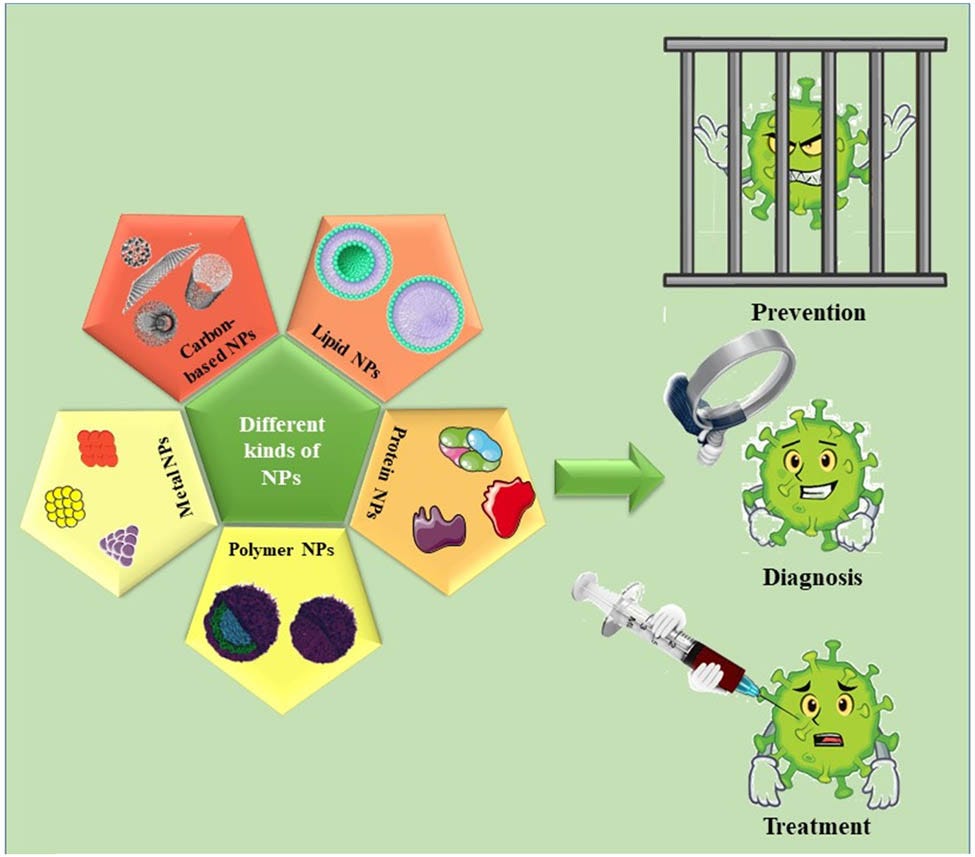
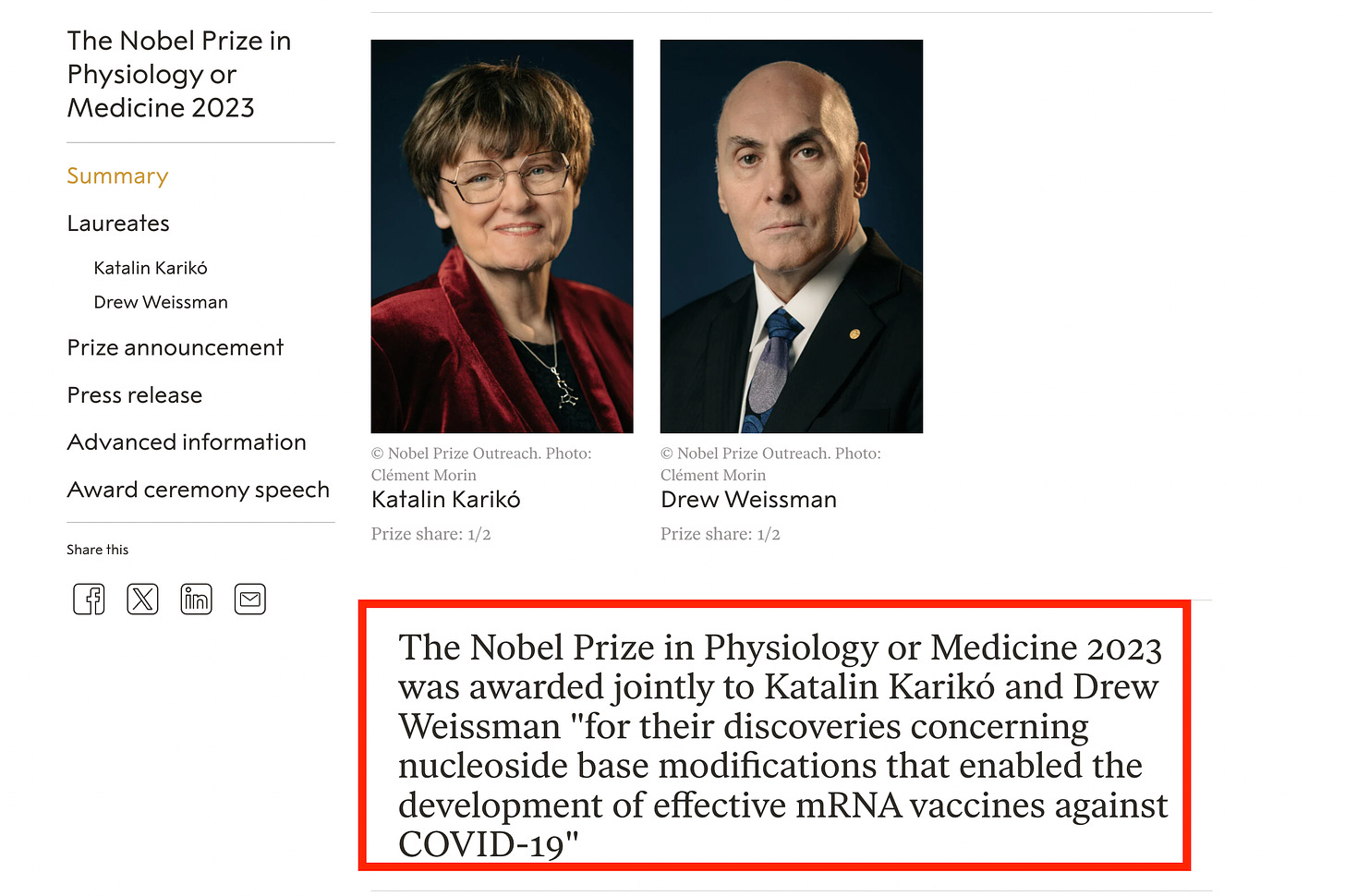
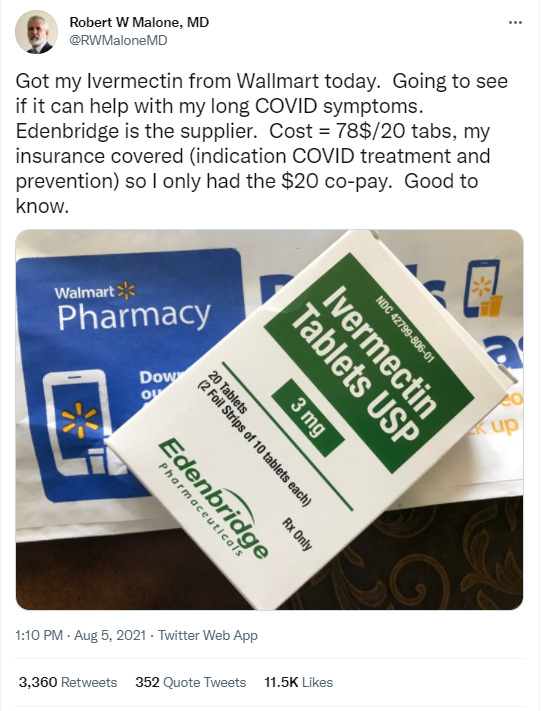

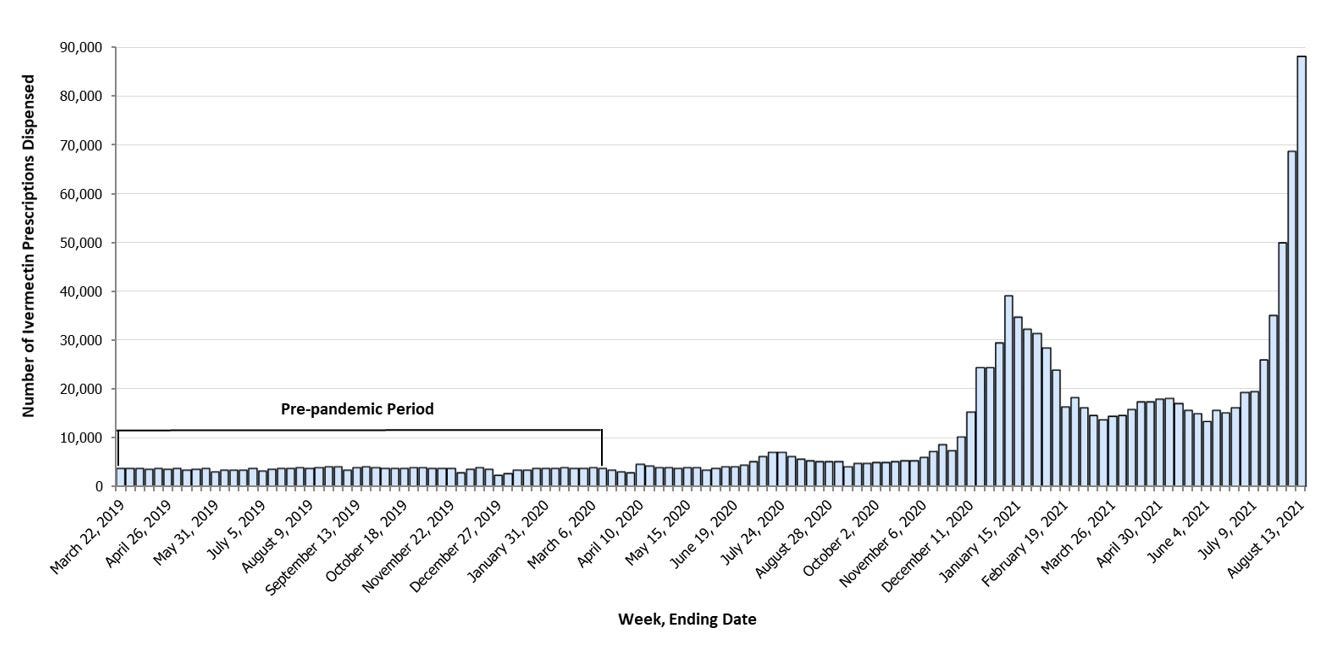
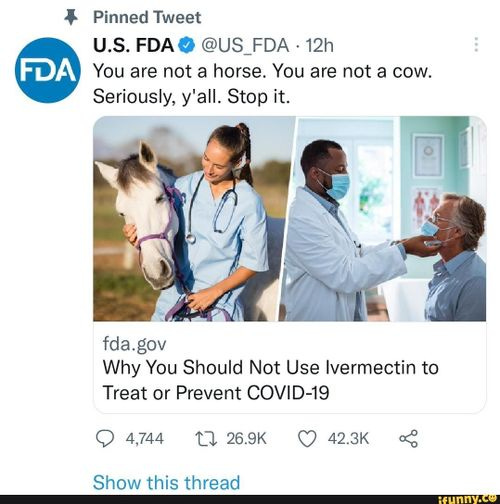
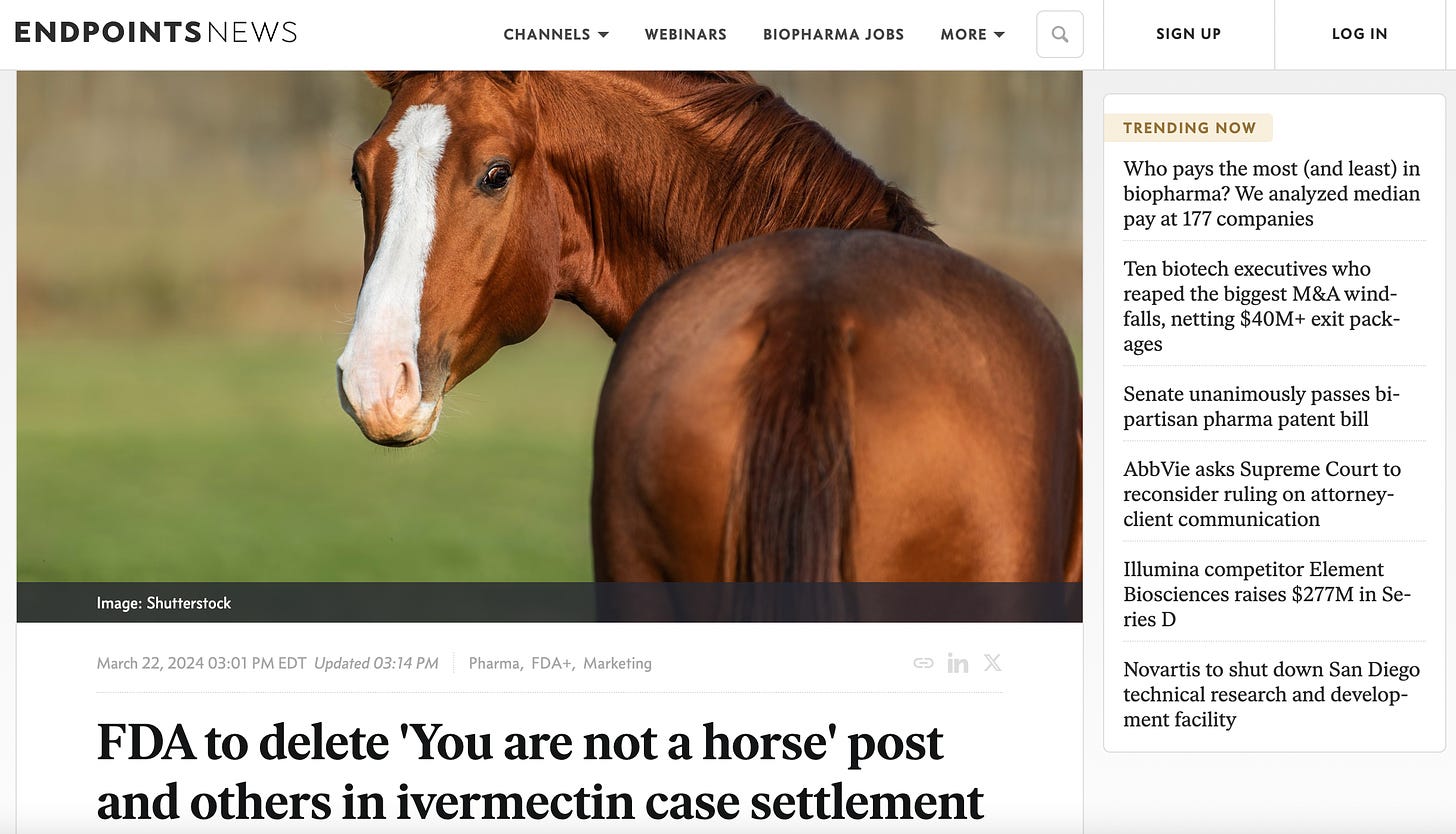
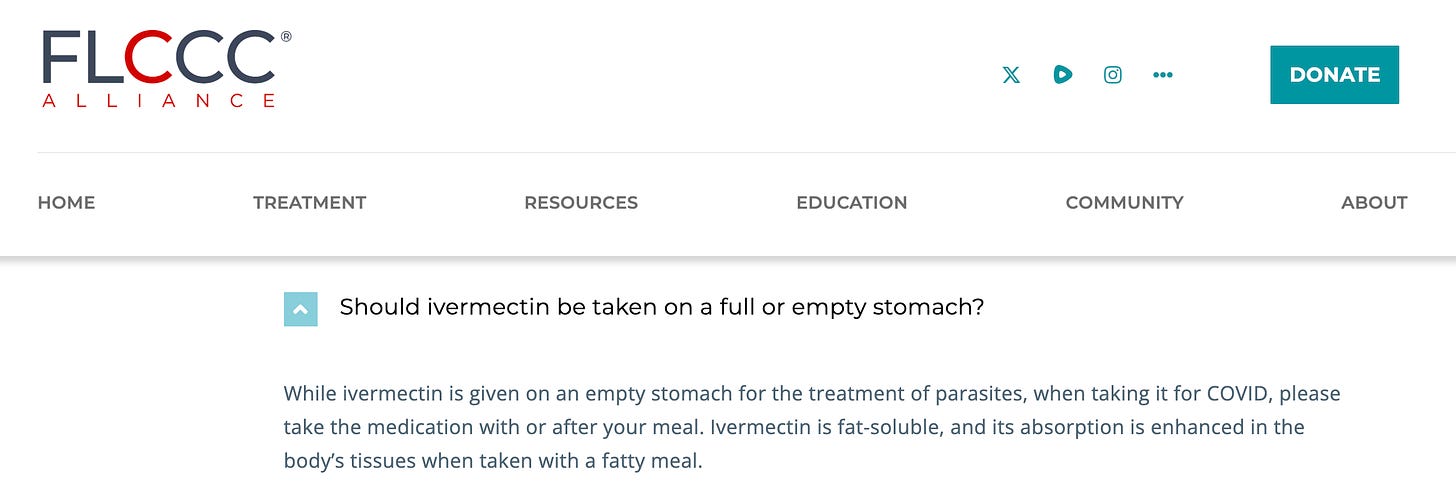
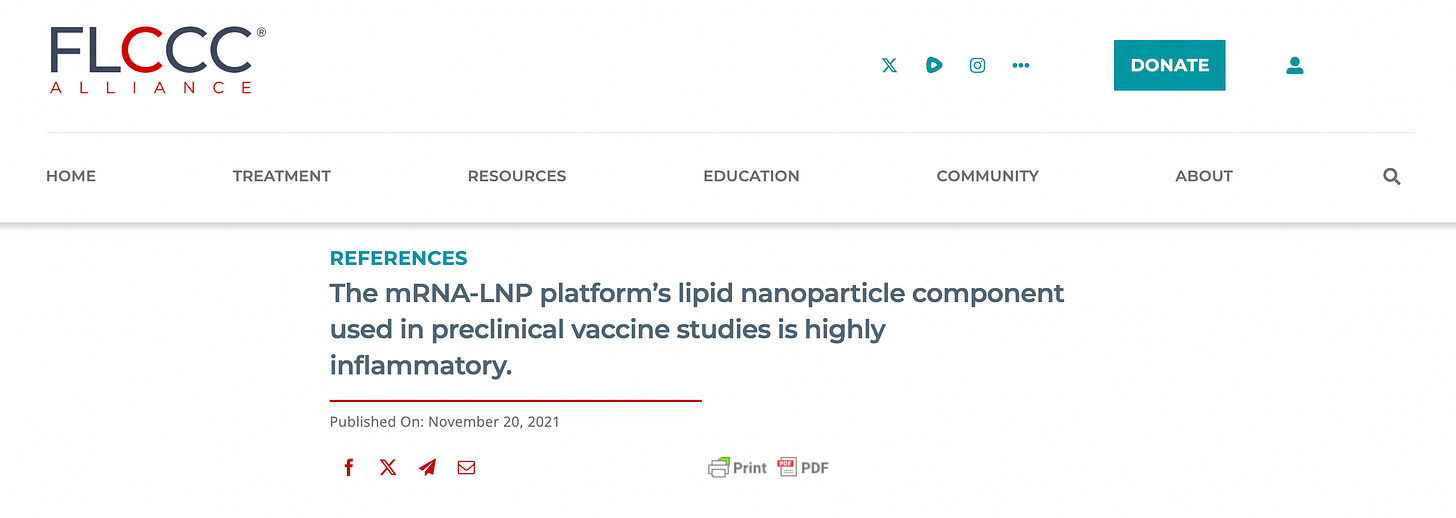


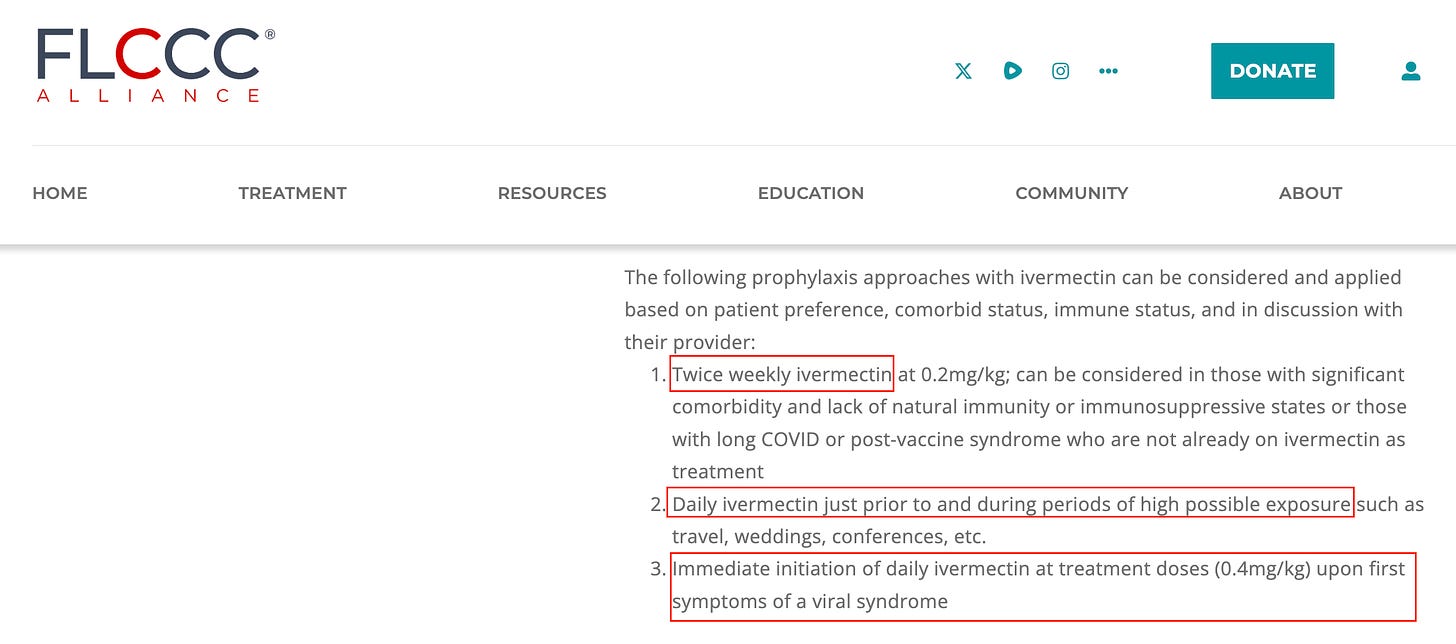
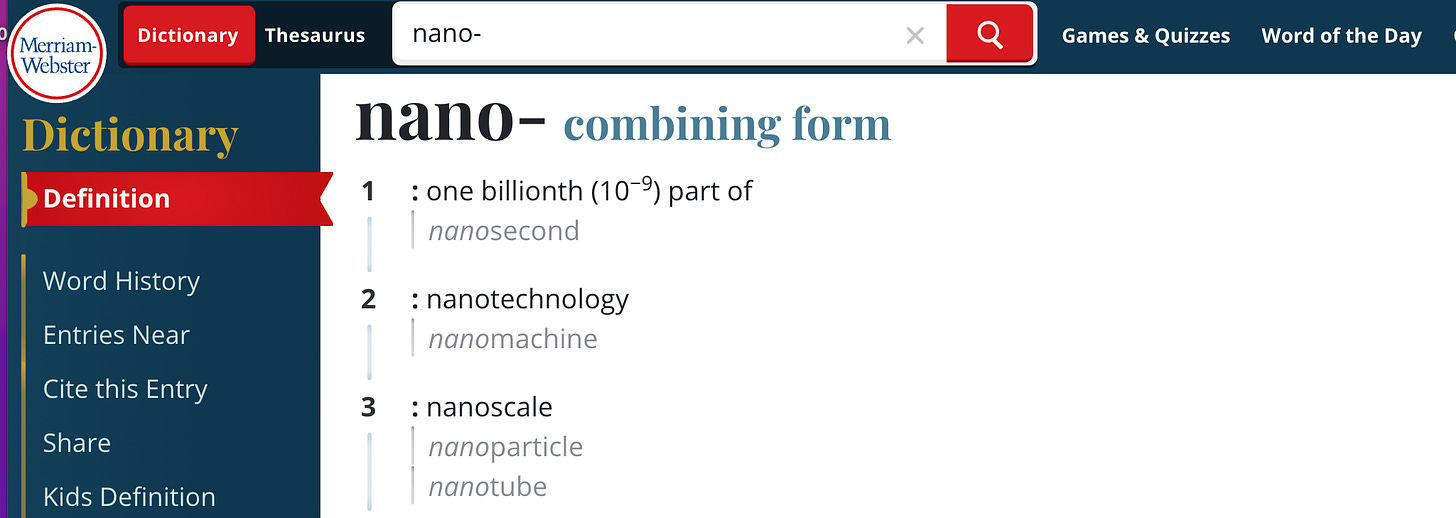
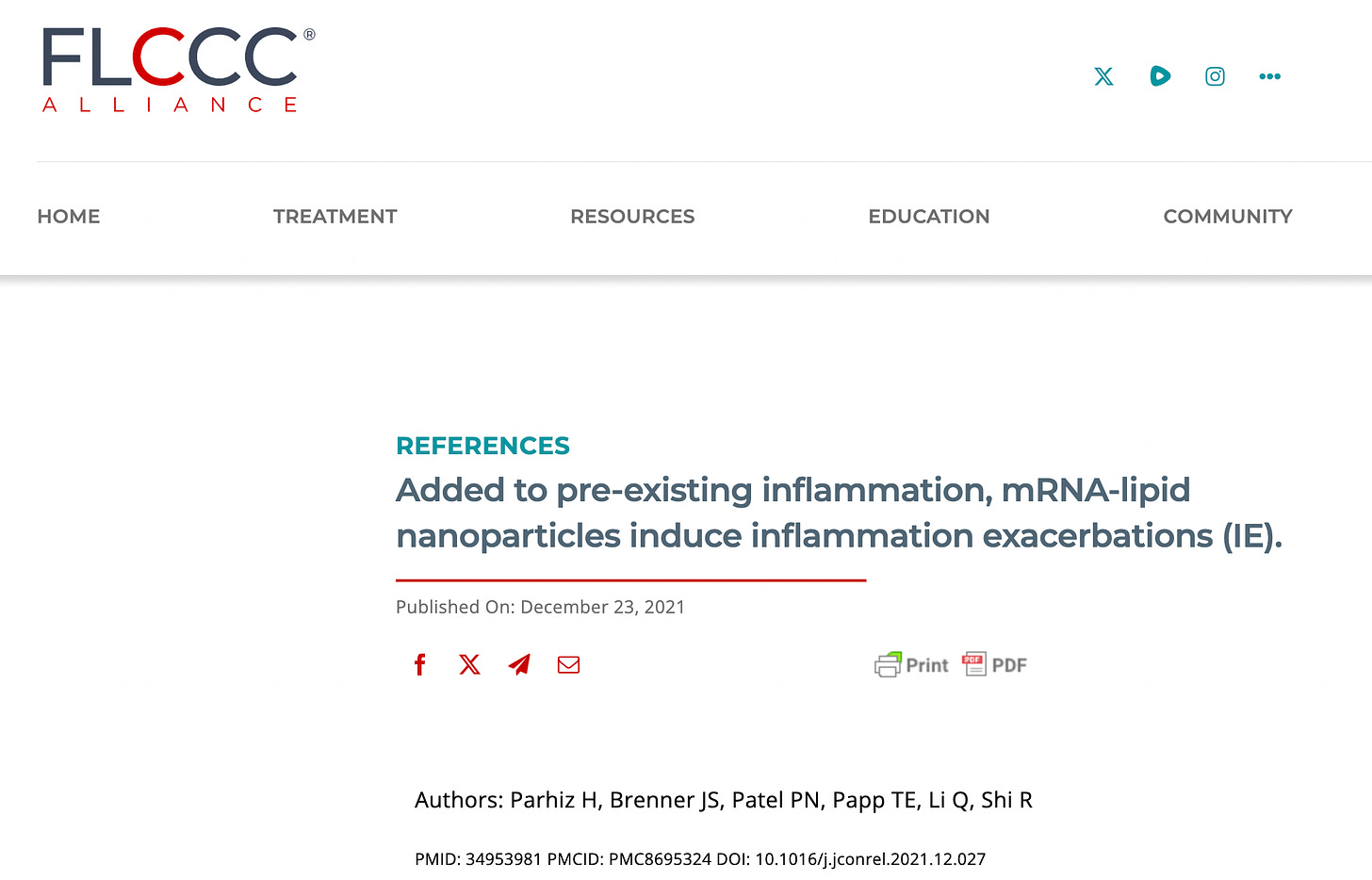
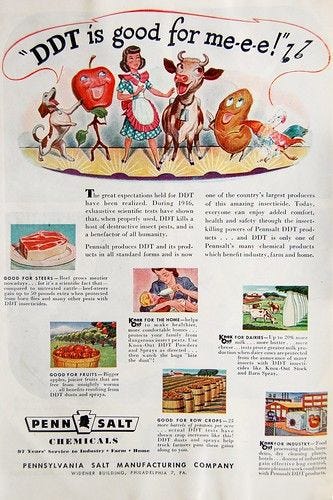
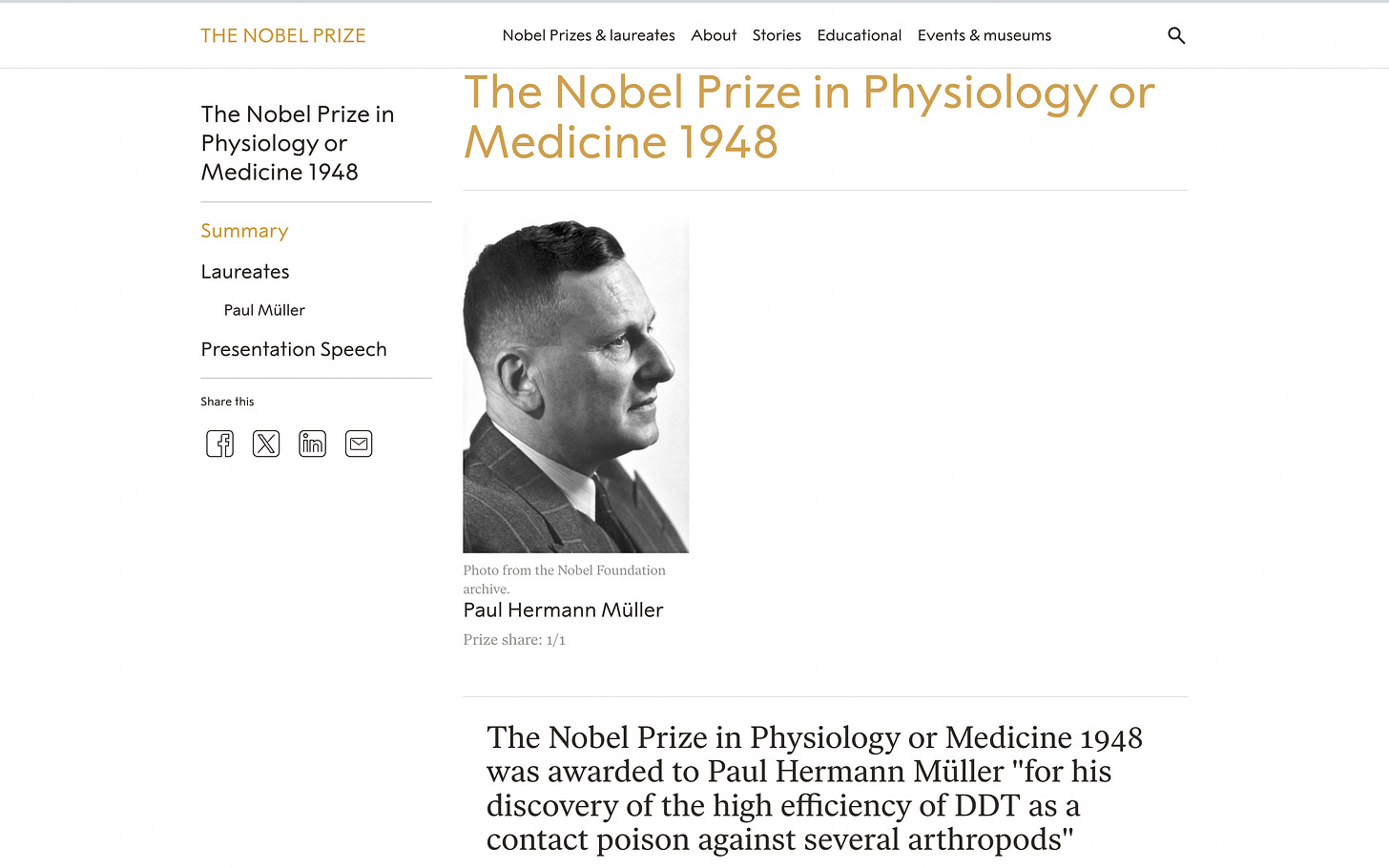
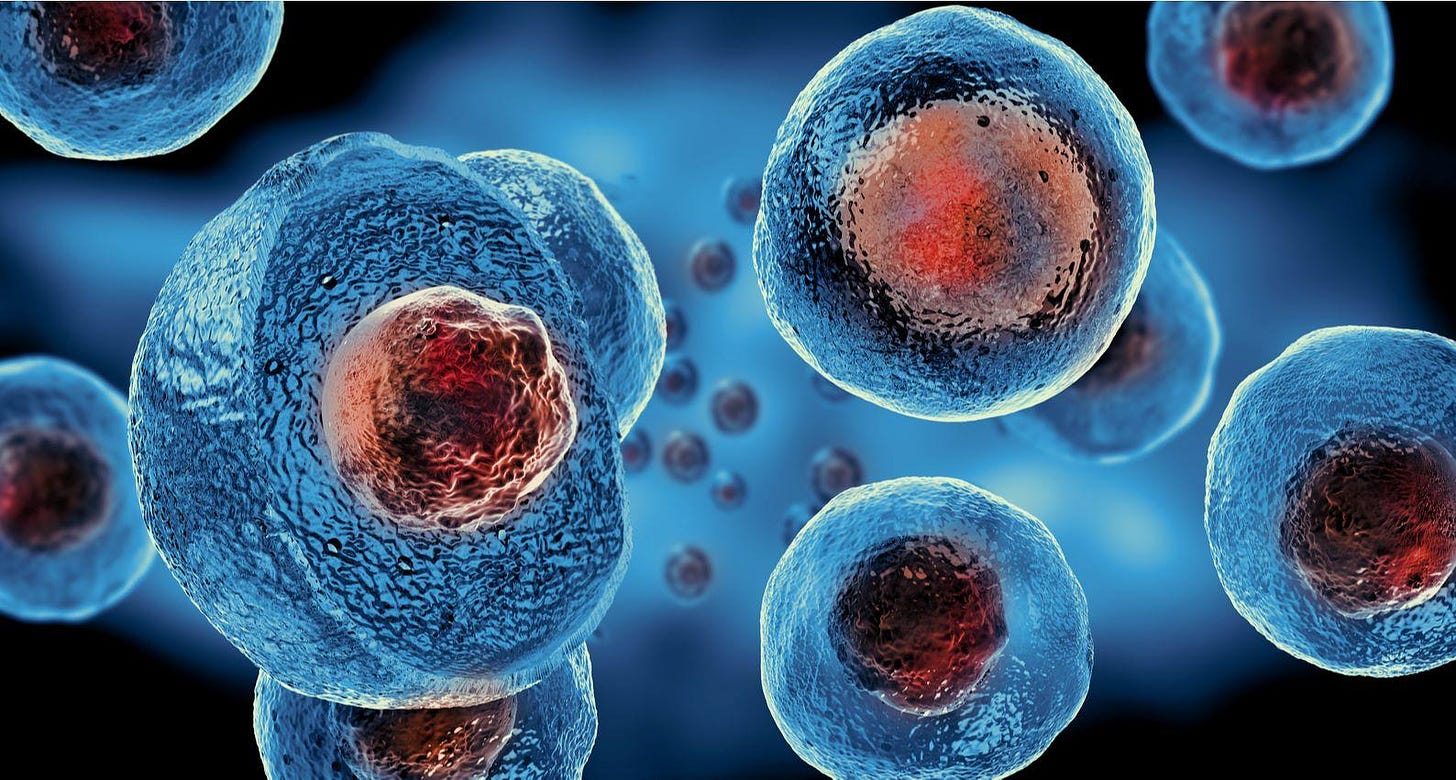
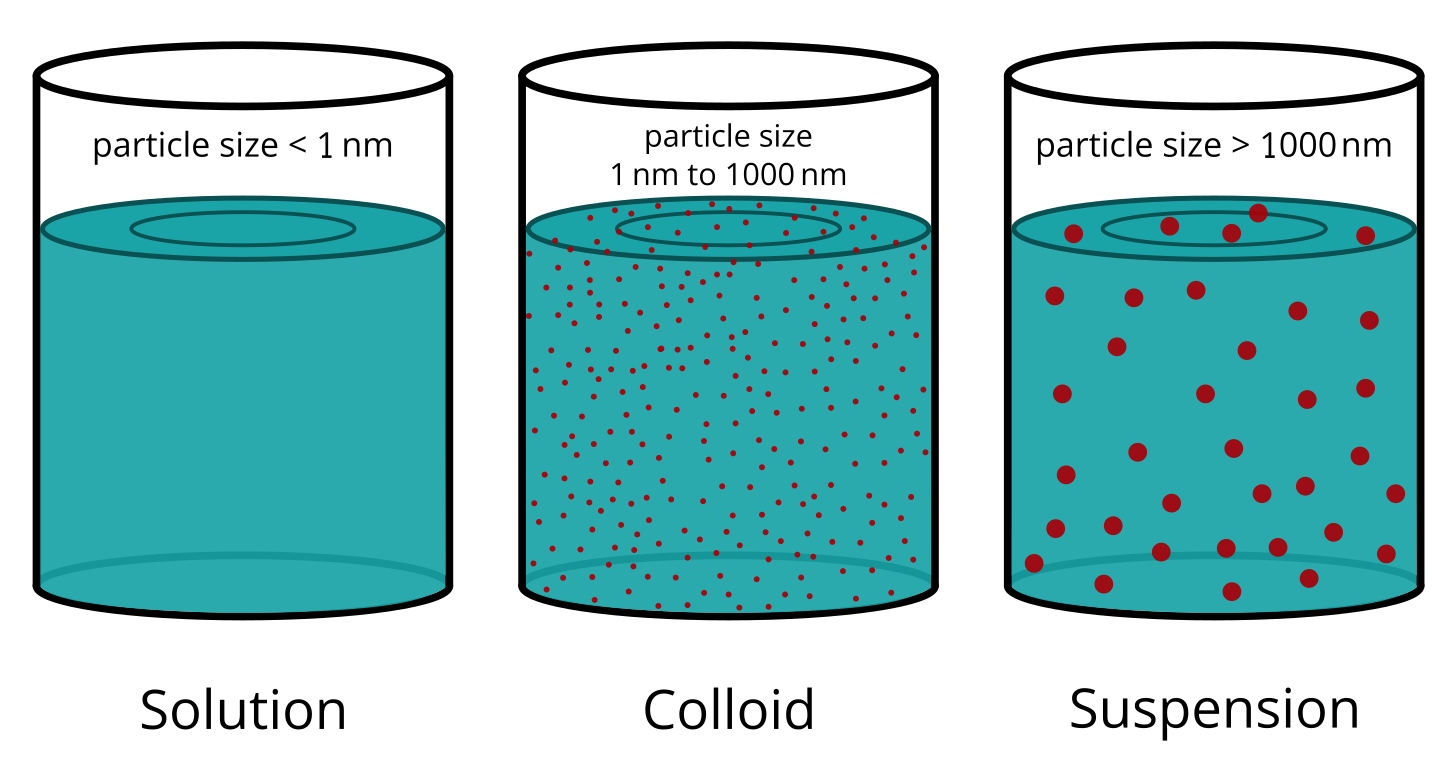
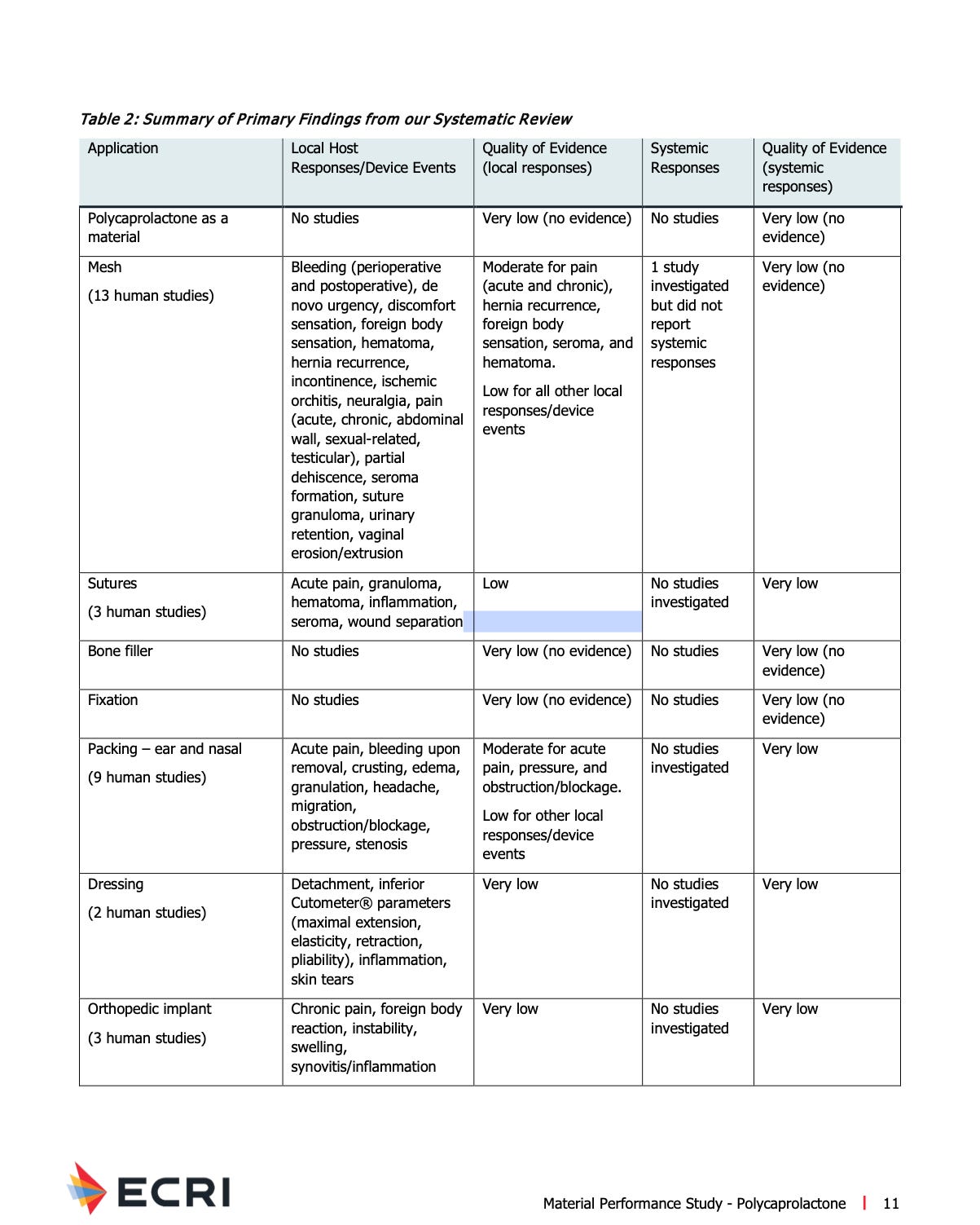
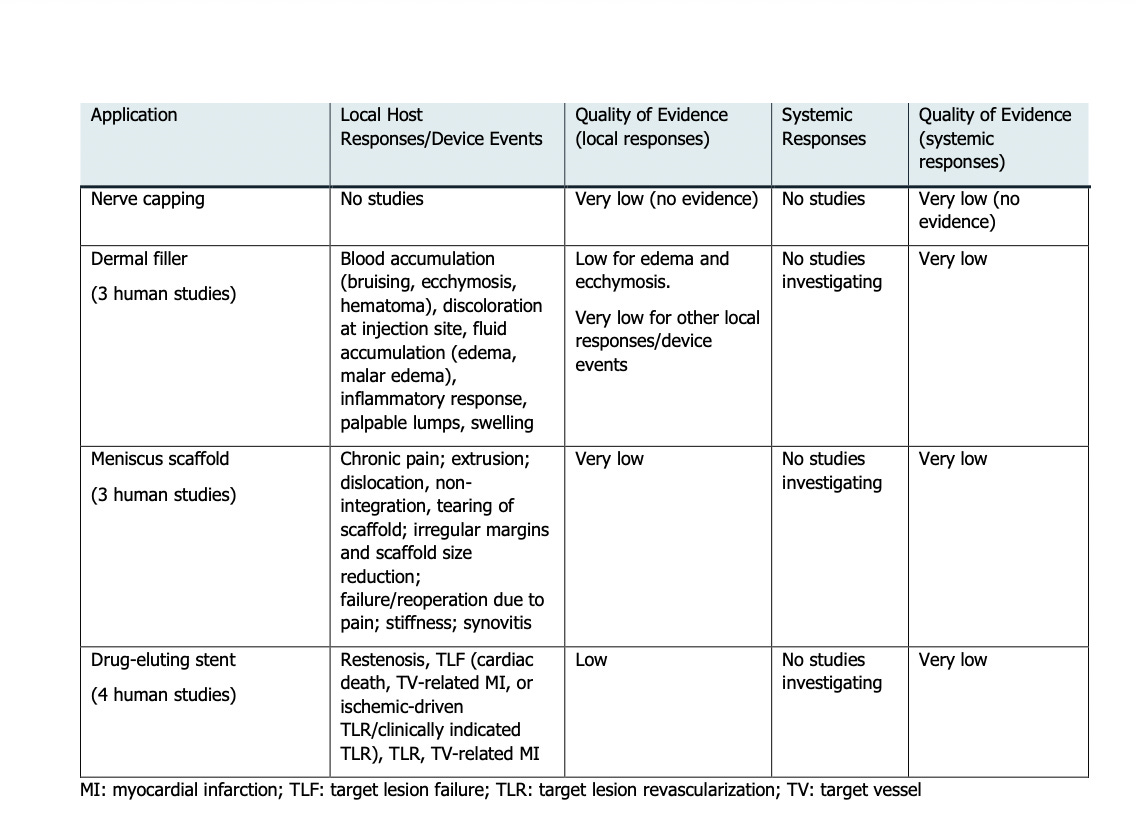

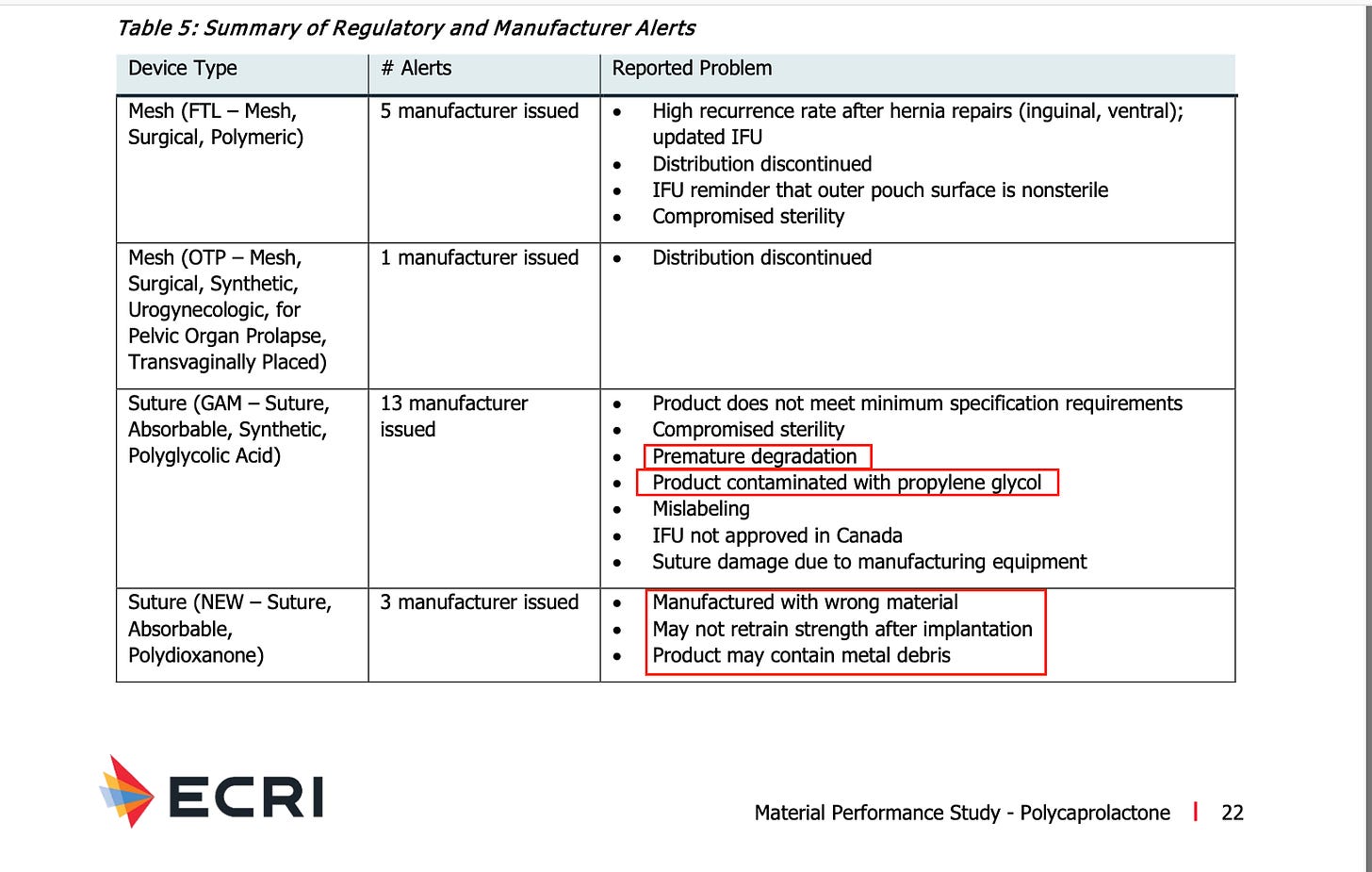



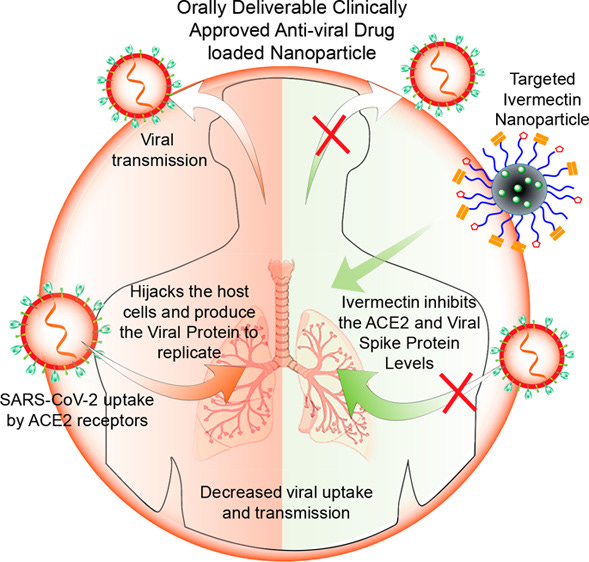
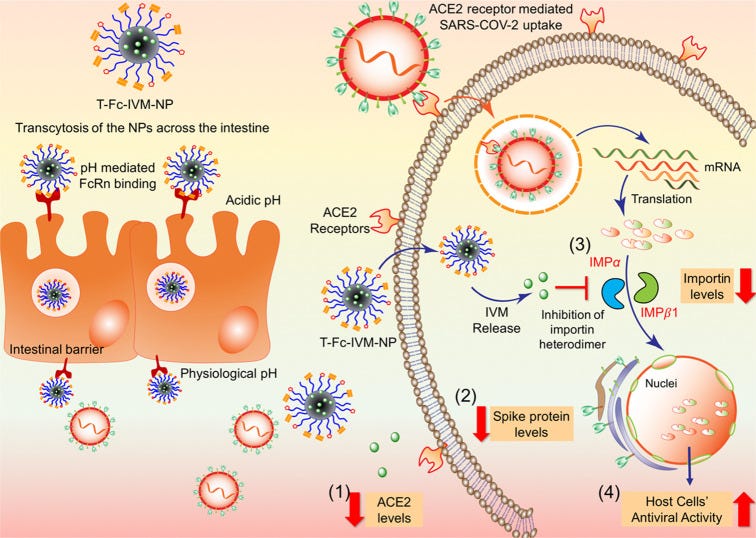
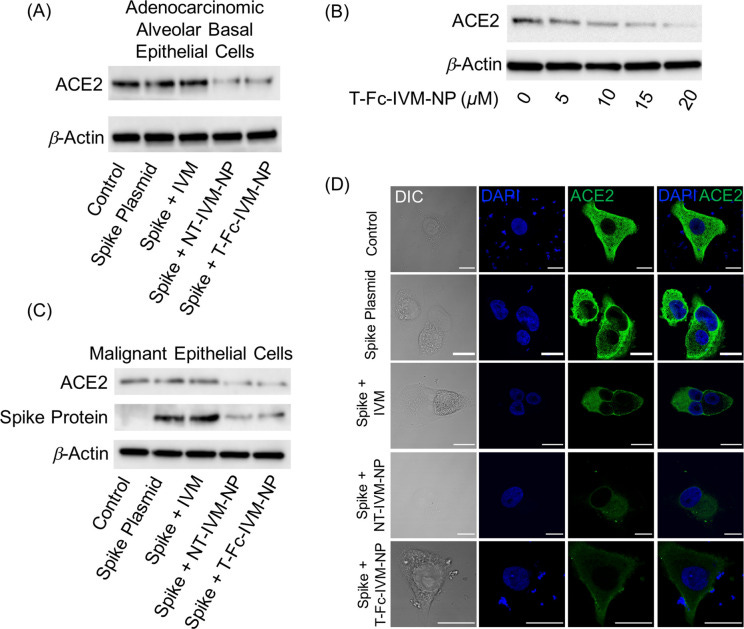
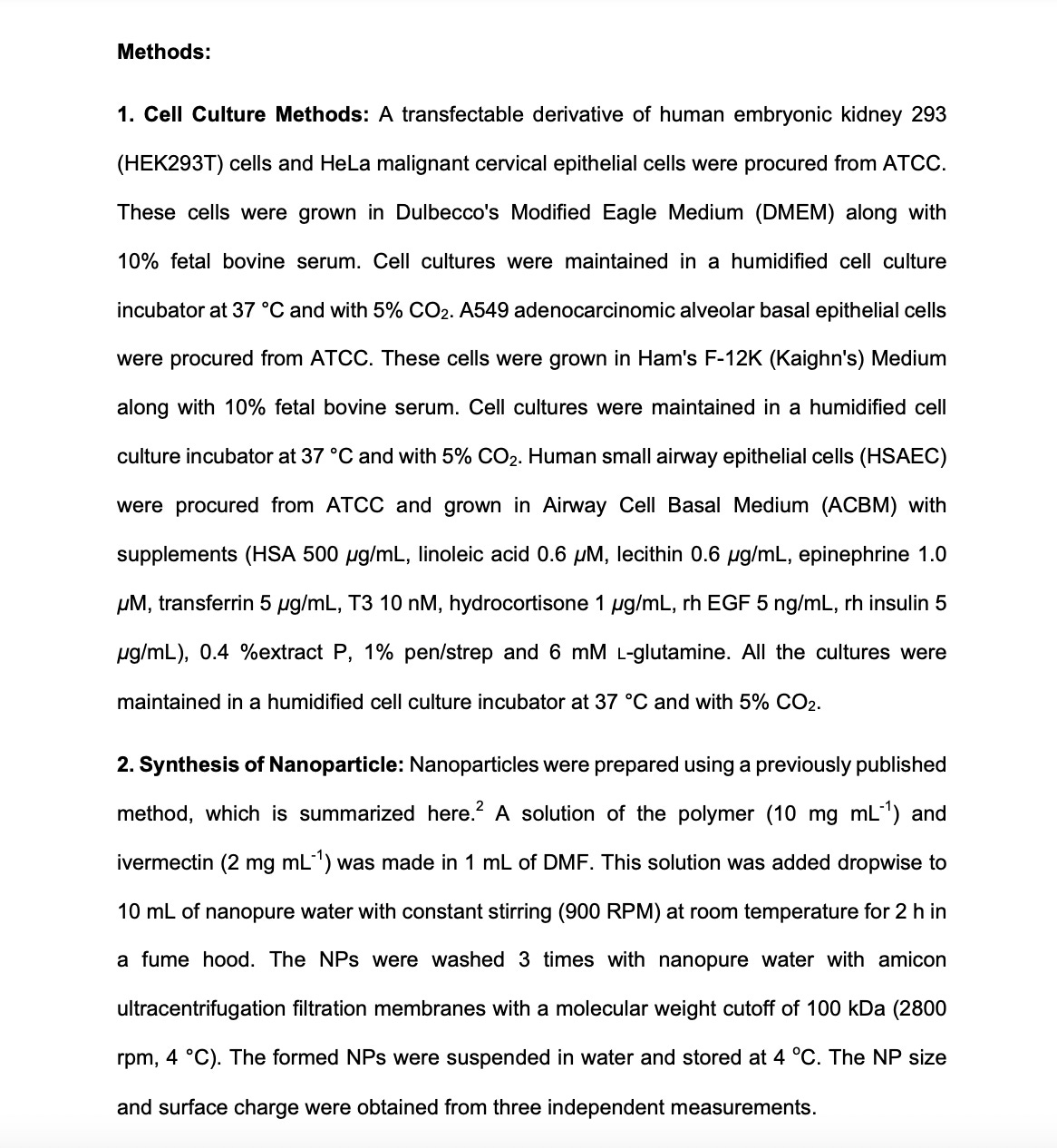
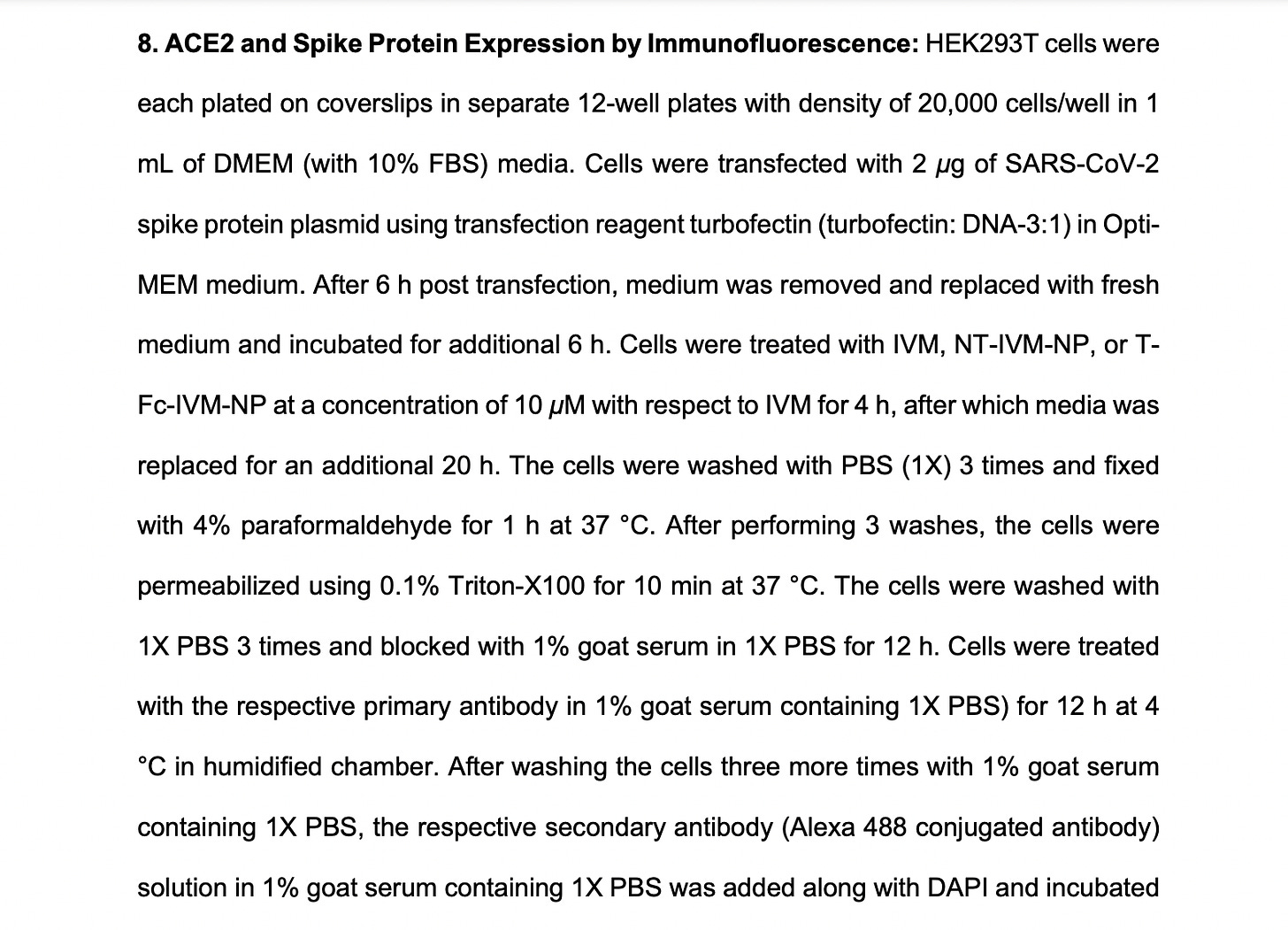
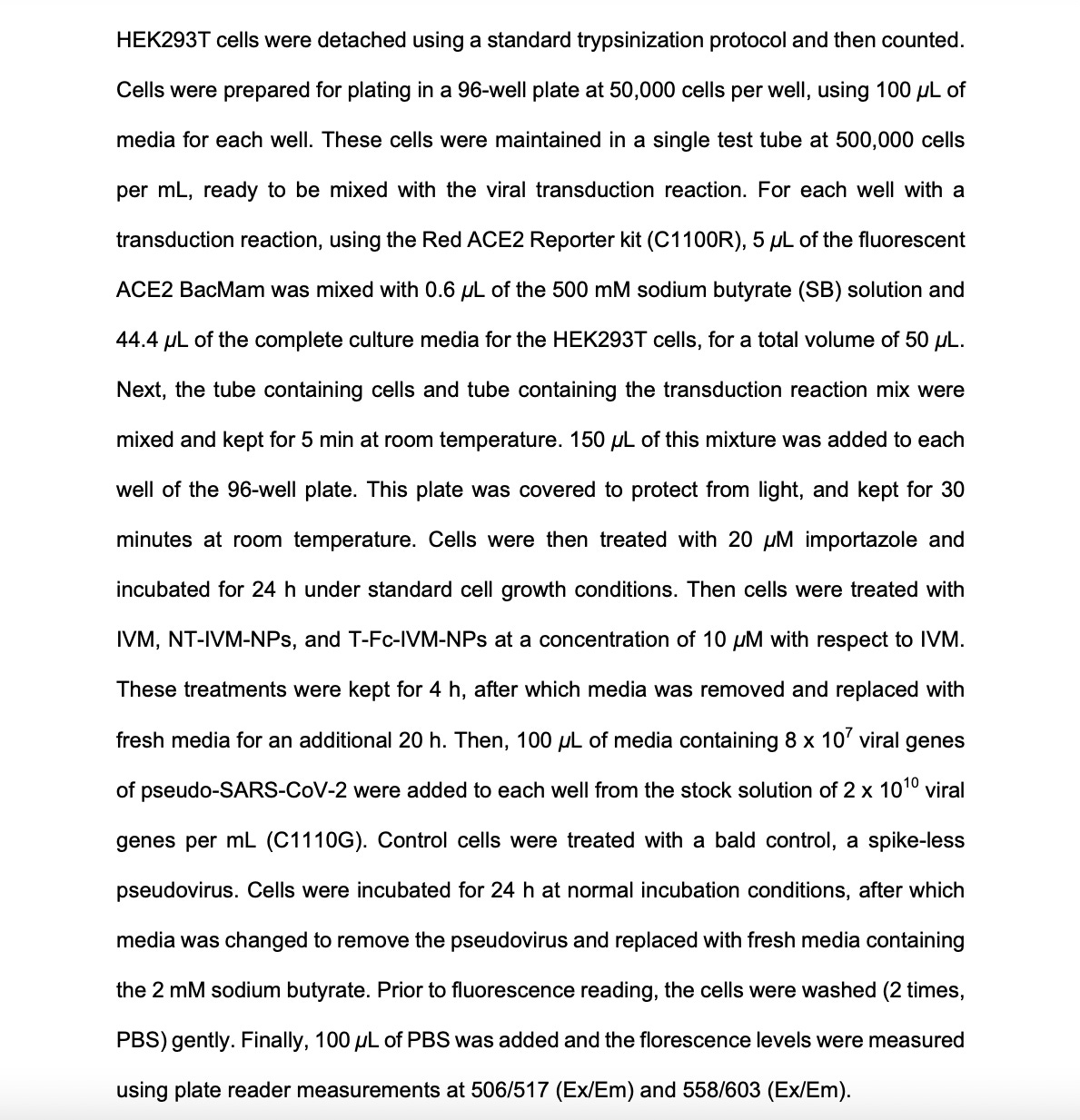

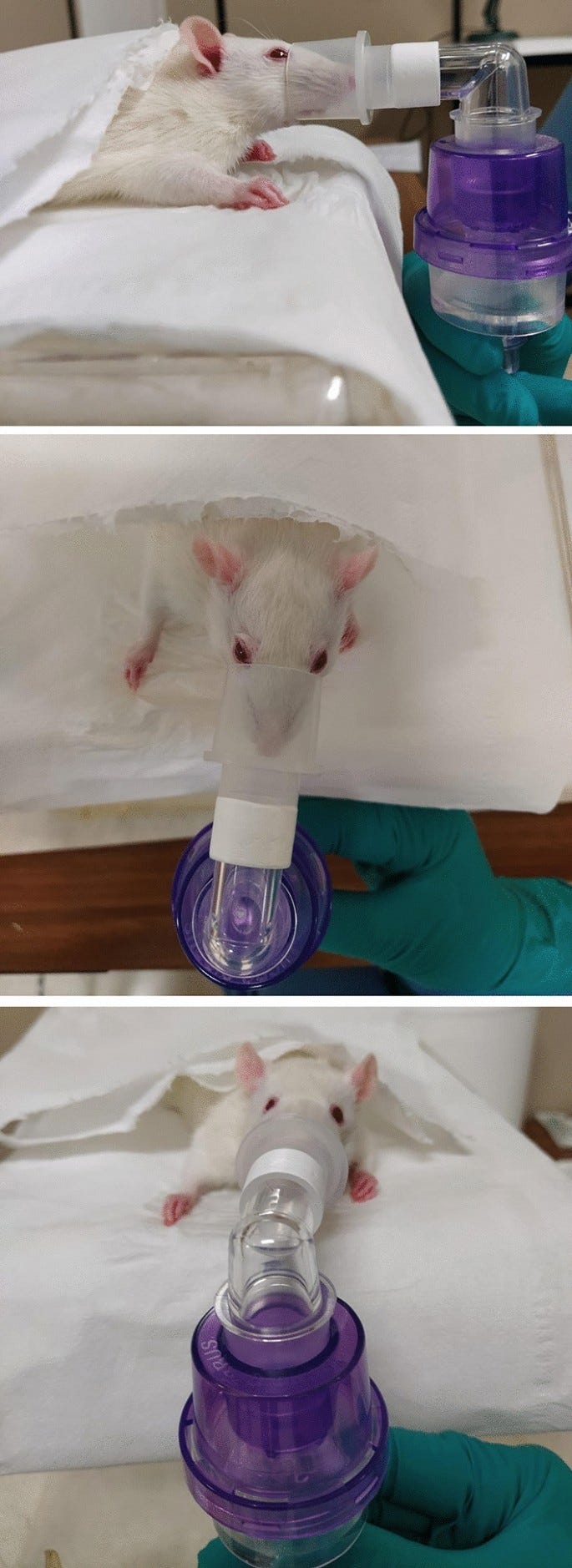

Mmmmm yummy! Ya had me at chitosan.
🪲🦗🐞
Sign me up!! Take my money!!! Please!
Seriously though. I hate that I know this now. Read every word, web searched everything I didn't understand. The more ya know eh?
Thanks CS. I understand the lengths you go to, in order to bring this to us dumdums🤍🙏🏻
Sarah, how can you have charts, memes, historical ads, gifs, references at your fingertips, and be so damn funny? This is a monumental piece of work. I've been an IVM pusher and shared my prescription with at least 3 people. But I think that means the placebo effect did its work. Astonishing that there are still people listening to Lusitano Man. Thanks for doing the deep dive.